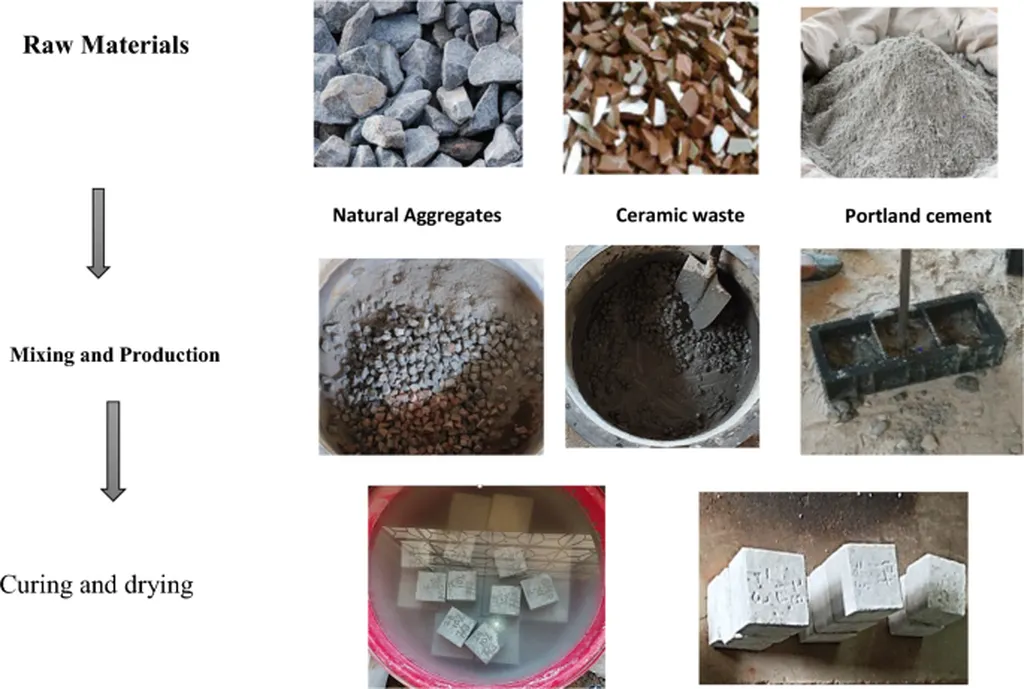In a groundbreaking study that could reshape the construction industry’s approach to sustainability, researchers have found a promising way to repurpose ceramic clay tile waste (CCTW) in concrete production. The research, led by Jesse Pereso Oloimutie from the Department of Civil Engineering, explores the use of CCTW as a partial replacement for natural coarse aggregates in concrete, combined with silica fume (SF) to enhance performance.
The study, published in the journal ‘Advances in Materials Science and Engineering’ (which translates to ‘Advances in Materials Science and Engineering’), addresses a pressing environmental challenge: the increasing generation of CCTW. “We’re talking about a significant waste stream that often ends up in landfills,” Oloimutie explains. “By finding a way to incorporate this waste into concrete, we’re not only reducing landfill waste but also promoting a circular economy in the construction sector.”
The porous nature of CCTW poses durability challenges, as it increases water absorption and weakens the interfacial transition zone (ITZ) in concrete. To overcome these limitations, Oloimutie and his team incorporated varying dosages of SF, a highly reactive pozzolanic material, into the concrete mix. Their comprehensive tests revealed that a 15% SF dosage yielded the highest compressive strength, significantly improving the microstructure of the mixtures.
“The results were quite remarkable,” Oloimutie shares. “We saw a notable reduction in water absorption and enhanced resistance to sulfate environments. This means that the concrete is not only stronger but also more durable, which is crucial for long-term performance.”
The implications for the construction industry are substantial. By utilizing CCTW and SF, builders can reduce their environmental footprint while maintaining high material performance standards. This approach could lead to more sustainable construction practices, reducing the demand for natural resources and minimizing waste.
Moreover, the energy sector could benefit from these findings. As the demand for sustainable and durable materials grows, the integration of CCTW and SF in concrete production could become a standard practice. This shift could drive innovation in material science and engineering, leading to more resilient and eco-friendly infrastructure.
Oloimutie’s research highlights the potential of waste materials in creating sustainable and high-performance concrete. As the construction industry continues to evolve, these findings could pave the way for a more circular and environmentally conscious future. “This is just the beginning,” Oloimutie notes. “There’s so much more we can do with waste materials in construction. The possibilities are endless.”
In the quest for sustainable construction practices, Oloimutie’s research offers a compelling example of how innovation and environmental responsibility can go hand in hand. As the industry moves towards a more circular economy, the integration of CCTW and SF in concrete production could become a game-changer, driving progress and promoting a greener future.

